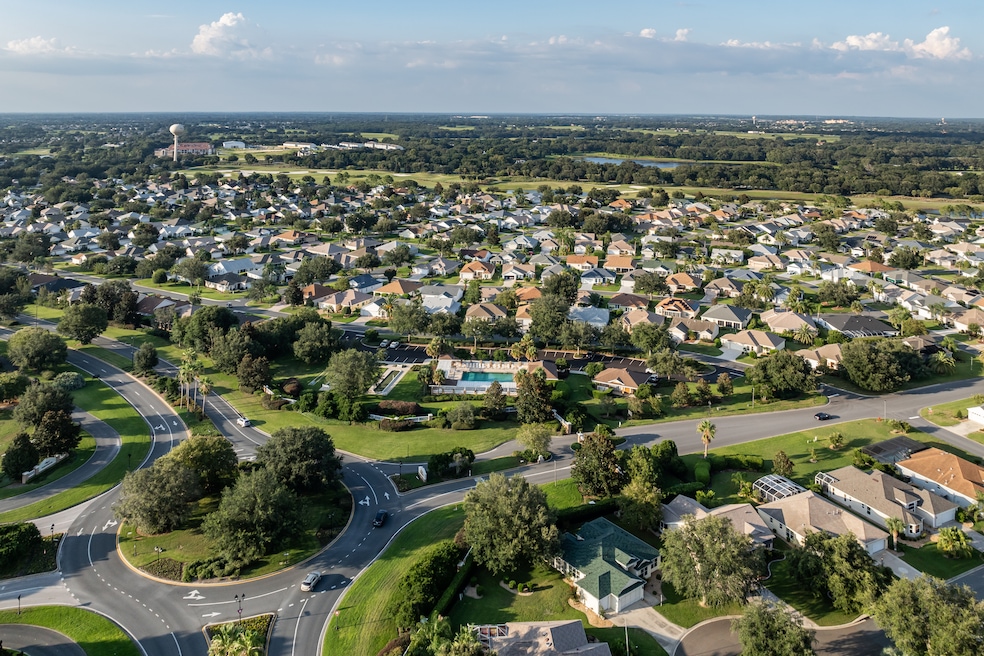A shortage of supply, record-breaking home prices and elevated mortgage rates continue to be challenging in the housing market. But if one winner is emerging from the recent struggles, it's likely homebuilders.
And one subset of builders is thriving: Those companies that work on master-planned developments.
Last year, nearly 34,000 new homes sold in the country's top 50 master-planned communities as ranked by the number of home sales, according to data released this week by data firm John Burns Research and Consulting. It’s a slight decrease from last year, and it's down from a high of 39,000 home sales in 2021. However, the total number of new homes sold last year in master-planned developments was significantly higher than historical averages.
John Burns researchers characterized a master-planned community as having a “range of home sizes, types and prices and a variety of builders” as well as recognizable branding and shared amenities and activities for residents.
The data is indicative of a larger shift taking place in consumer choice driven both by preference and necessity.
For one, the supply of existing homes, or pre-owned single-family houses and condos, has been crimped for more than a year. The resulting lack of choice combined with the rising costs of purchasing a house has sidelined some homebuyers who can’t afford or contend with the financial burdens and tough competition.
But unlike individual owners who try to sell their houses, homebuilders can offer buyers certain incentives. In 2024, master-planned developments again took advantage of that edge as homebuilding companies offered buyers ways to lower their mortgage rates and receive reduced closing costs and price cuts among other incentives.
“The housing market remains underbuilt in many parts of the country," Odeta Kushi, deputy chief economist at real estate firm First American, wrote recently in a post on X, formerly known as Twitter. First American Financial Corp. provides title, settlement and risk services for real estate transactions.
"The new home market is poised to continue to outperform the existing home market because builders have inventory to sell and are willing to offer incentives such as mortgage rate buydowns to attract buyers."
New home incentives
Not all buyers chose master-planned developments because of the financial incentives their builders offered, though.
In fact, one of the biggest drivers of sales in 2024 was access to amenities. Neighborhoods offering homebuyers security, varied home choice and robust health-and-wellness options such as trail systems or community farms fared well, researchers said.
“Builders effectively employed incentives and quick-move-in homes to address challenges, including elevated mortgage rates, political uncertainty, and growing competition,” they said. “The 500+ communities we surveyed enticed homebuyers with their desirable lifestyles, including community amenities, good schools, and a variety of housing options.”
Take The Villages master-planned community that spans three counties in Central Florida, for example. It has garnered the highest net sales among master-planned communities each year since 2017, according to John Burns' rankings. The retirement community in Florida offers golf, resident-led clubs, walking trails, parks, educational courses, a speaker series and other amenities.
There’s also a geographic aspect in play, too. Nearly all 50 of the top-selling master-planned developments are in the Sun Belt, with hotspots in states such as Florida, Texas and Nevada. The growing region offers residents warmer weather and access to recreational activities, both in and out of their neighborhoods.
All told, the outlook for the homebuilding industry this year is optimistic, according to Robert Dietz, chief economist at the National Association of Homebuilders.
“Builders remain confident that the positive factors of the outlook,” he said in a statement Wednesday, “including expectations for an improved regulatory environment and faster economic growth, will help spur the industry in 2025."

